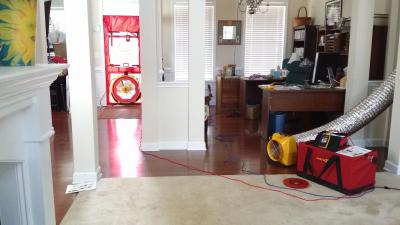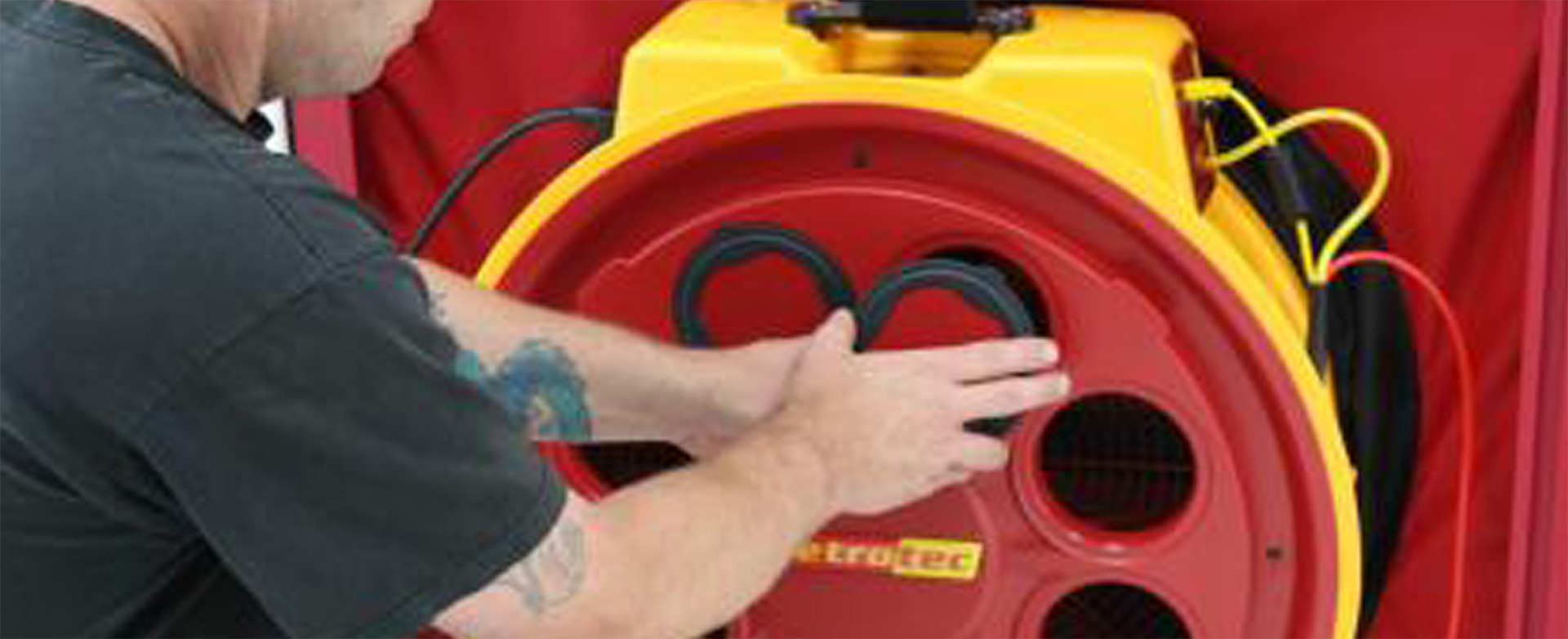Monthly Archives: August 2017
-
Posted: August 30, 2017Categories: Air Leakage TestingRead more »
Published in TAB Journal Summer 2017 and written by Denny Whitzel, TBE, CxA Pacific Coast Air Balancing. View the original article here.
As required by Washington State Code, all commercial multi-unit residential structures are required to have air barrier testing performed to ensure they meet the state requirements for infiltration levels. During the construction process special procedures, materials and methods are utilized to ensure the airtight integrity of the inside and outside of the building are maintained. Yet even when the previous three are
-
Posted: August 25, 2017Categories: Company NewsRead more »
Retrotec is excited to reveal that the deal between Retrotec Inc. and Wöhler Technik, a technology applications company, is finalized! The new company, “Wohler Retrotec, Inc.” continues to do business as “Retrotec.”
Wöhler is a well-respected German company specializing in measuring instruments, inspection systems, cleaning tools, and related heating, ventilation, and building applications.
Retrotec founder, Colin Genge, spent decades strengthening the blower door, duct testing, and clean agent enclosure integrity industries. With Retrotec experiencing unmatched and continued growth, Colin Genge’s decision to retire provided Retrotec with an opportunity to find a strategic partner to further expand into even wider-ranging markets. The decision to pair with Wöhler Technik came as an unmatched opportunity.
While the acquisition stands to provide future opportunities in related
-
Posted: August 09, 2017Categories: Air Leakage TestingRead more »

Written by Stacie Bagnasco, July 26, 2017.
In California the California Energy Commission [CEC] aka Energy Standards, provide two basic methods for complying with low-rise residential energy budgets: the prescriptive approach and the performance approach. The mandatory measures must be installed with either of these approaches, but mandatory measures may be superseded by more stringent measures under either approach.
The prescriptive approach, composed of a climate zone dependent prescriptive package is less flexible but simpler than the performance approach. Each energy component of the proposed building must meet a prescribed minimum efficiency.
The performance approach is more complicated but offers considerable design flexibility. The performance approach requires an approved computer software program that models a proposed




